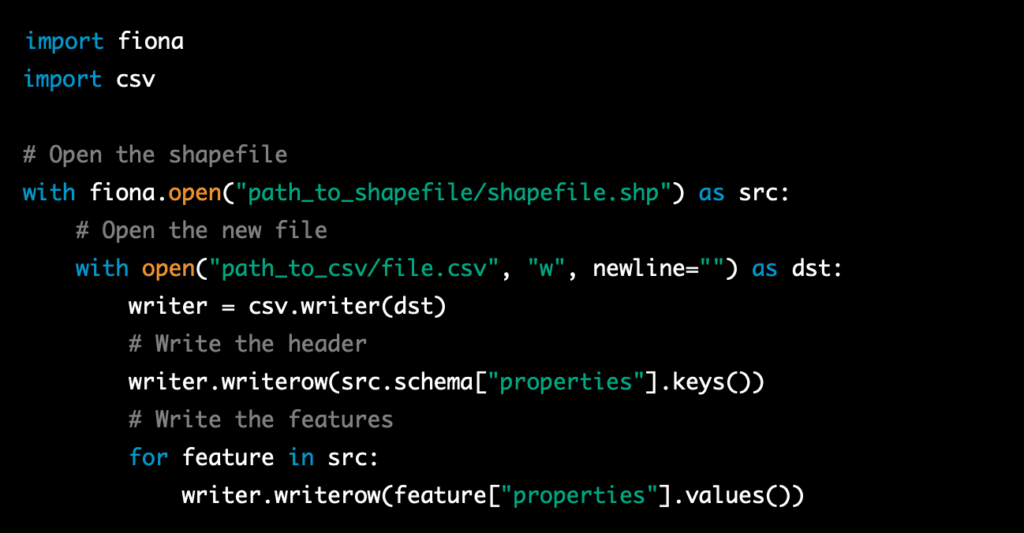Social media platforms gather location information from users in a variety of ways. One of the most common ways is through the use of GPS or other location-based services on the user’s device. When a user enables location services on their device, social media apps can access this information and use it to provide location-based features, such as tagging a location when a user posts a photo or providing location-based search results.
Another way social media platforms gather location information is through IP addresses. When a user connects to the internet, their device is assigned an IP address, which can be used to determine the user’s approximate location. Social media platforms can use this information to provide location-based features, such as showing local news or events.
Social media platforms can also gather location information from user-provided data. Users may choose to provide location information when creating a profile, posting a status update, or uploading a photo. This information can be used to provide location-based features, such as showing nearby friends or recommending local businesses.
The purpose of gathering location information is to provide users with location-based features that can enhance their experience on the platform. For example, social media platforms can use location information to show users local news, events, and recommendations, to suggest nearby friends, to show location-based search results, to target location-based advertising, and to improve the accuracy of location-based features. Additionally, it can be used for analytics and to get insight about the users behaviors and preferences, which can be used to improve the platform and provide more relevant content and advertisement.
It is important to note that social media platforms typically ask users for permission to access their location information, and users have the option to opt-out of location tracking or limit the amount of data that is shared. However, users should also be aware that even if they opt-out of location tracking, their location may still be inferred by other information provided or shared in their profile, such as the location of their device’s IP address or location metadata embedded in photos.
Another way that social media platforms gather location information is through the use of check-ins and location tagging features. Many social media platforms have built-in check-in features that allow users to manually tag their location when they post a status update, photo, or video. This information can then be used to provide location-based features such as showing nearby friends, recommendations for local businesses, or location-based search results.
Furthermore, social media platforms also have a feature called “location suggestions” which allows users to tag a location to their post by suggesting nearby places based on the device’s GPS location. This feature can be useful for users who are traveling or visiting a new place, but it also means that social media platforms can access your location data even if you don’t explicitly share it.
Another way social media platforms gather location information is through the use of Bluetooth or WiFi. Many smartphones and devices have the capability to detect nearby Bluetooth or WiFi networks, and this information can be used to determine the user’s location. Some social media platforms can access this information to provide location-based features, such as showing nearby friends or recommending local businesses.
Additionally, some social media platforms use third-party location data providers to gather location information. These providers collect location data from multiple sources such as GPS, IP addresses, and cell tower data, and sell it to social media platforms. This data can then be used to provide location-based features, such as location-based search results and location-based advertising.
It’s worth noting that location data is a valuable commodity for social media platforms. They use it to personalize the user experience, to provide targeted advertising, to help them improve the platform and to gain insights into users’ behavior, preferences and location. However, many users are concerned about their location data being shared without their consent, or being used for purposes beyond what they agreed to.
Another important aspect to consider is that location data can also be used to create profiles of users’ habits and routines, which can be used for targeted advertising or other purposes. This means that companies can use location data to understand more about the user’s interests, spending patterns, and preferences, and use this information to deliver targeted ads or other marketing materials.
It’s also important to note that location data can be shared with third parties, this means that social media platforms can share users’ location data with other companies for a variety of purposes. For example, location data may be sold to advertisers to help them deliver more relevant ads, or to analytics companies to help them better understand users’ behavior.
Another potential risk of location data is that it can be used to track individuals or groups, this can be done by governments or other organizations to monitor activities, movements, and whereabouts of individuals, which can be seen as a violation of privacy.
Finally, it’s important to be aware that location data can also be hacked or stolen by malicious actors, which can be used for identity theft, fraud, or other crimes. It’s important for users to be aware of the potential risks associated with location data and take steps to protect their privacy, such as adjusting device settings, limit the amount of data shared, and being cautious about the apps they use and the permissions they grant.
In summary, location data can be used for many purposes, such as providing location-based features, personalizing user experience, targeted advertising, gaining insights into user’s behavior and preferences, shared with third parties, tracking individuals or groups, and being vulnerable to hacking and theft. Users should be aware of the ways that their location data is being collected and used and take steps to protect their privacy such as adjusting their device settings, limiting the amount of data they share and being cautious about the apps they use and the permissions they grant.









